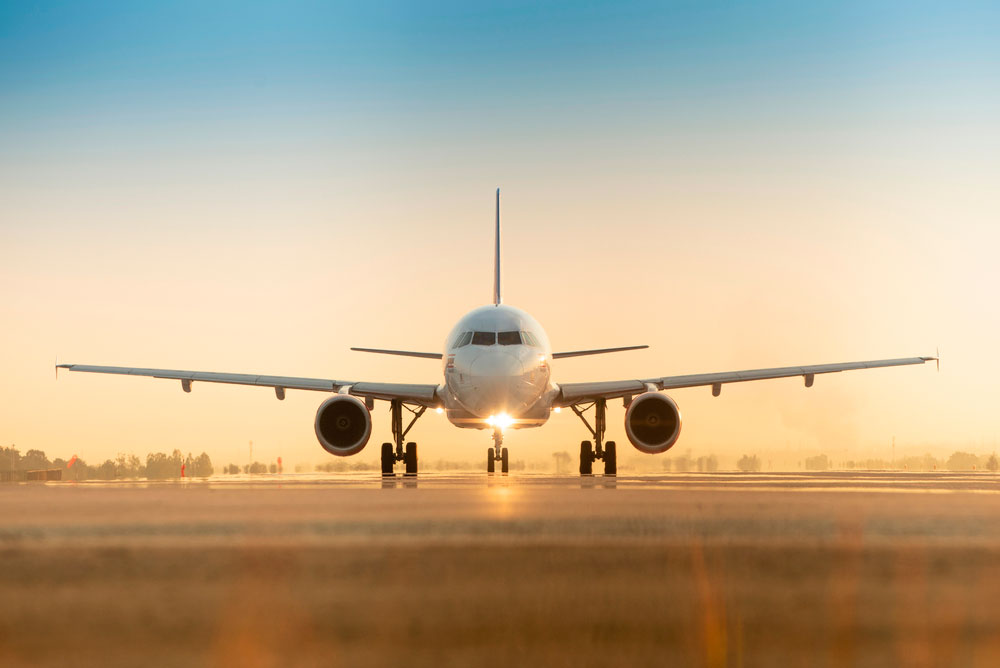Air transport has revolutionized the way we travel and transport goods across the globe. With its speed, efficiency, and global reach, it has become an integral part of our modern society. However, like any other mode of transportation, air transport also has its own set of advantages and disadvantages. In this article, we will delve into the various aspects of air transport and explore its pros and cons.
Advantages of Air Transport:
- Speed and Efficiency:
One of the most significant advantages of air transport is its unparalleled speed. Airplanes can travel at high speeds, allowing people and goods to reach their destinations quickly. This is particularly beneficial for long-distance travel or urgent deliveries. Additionally, air transport offers efficient logistics and streamlined processes, minimizing delays and ensuring timely deliveries. - Global Connectivity:
Air transport provides unparalleled global connectivity, linking cities and countries across the world. It enables people to travel to remote destinations that are otherwise difficult to access. Moreover, it facilitates international trade by transporting goods swiftly and efficiently, contributing to the growth of the global economy. - Safety and Reliability:
Air transport boasts an impressive safety record, with rigorous safety regulations and advanced technology ensuring the well-being of passengers and cargo. Airlines invest heavily in maintenance, training, and security measures to ensure a safe and reliable travel experience. This instills confidence in travelers and businesses alike, making air transport a preferred choice for many.
Disadvantages of Air Transport:
- Cost:
One of the major drawbacks of air transport is its relatively high cost compared to other modes of transportation. The expenses associated with operating and maintaining aircraft, as well as airport infrastructure, contribute to higher ticket prices and freight charges. This can limit accessibility for certain individuals or businesses with budget constraints. - Environmental Impact:
Air transport is known to have a significant environmental impact, primarily due to greenhouse gas emissions. Aircraft engines release carbon dioxide and other pollutants into the atmosphere, contributing to climate change and air pollution. Efforts are being made to reduce emissions through technological advancements and the use of alternative fuels, but the environmental impact remains a concern. - Limited Capacity:
Air transport has limitations when it comes to carrying large volumes of goods or accommodating a high number of passengers. Aircraft have limited cargo space and seating capacity, which can pose challenges for industries requiring extensive transportation of goods or during peak travel seasons. This limitation can lead to congestion, higher prices, and logistical complexities.
Conclusion:
Air transport offers numerous advantages such as speed, global connectivity, and safety. It has transformed the way we travel and conduct business on a global scale. However, it also comes with disadvantages, including cost, environmental impact, and limited capacity. As technology continues to advance, efforts to mitigate the drawbacks and enhance the benefits of air transport are ongoing. By understanding these advantages and disadvantages, individuals and businesses can make informed decisions when choosing the most suitable mode of transportation for their needs.



